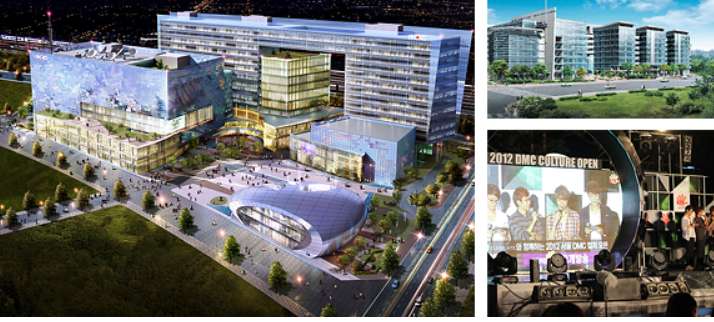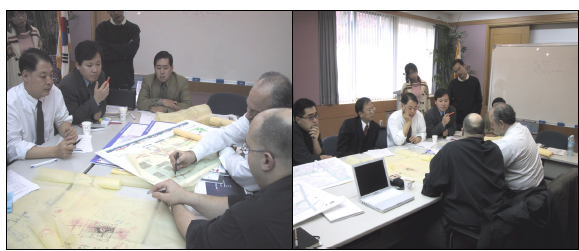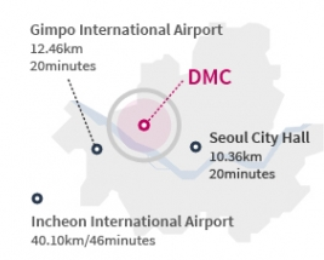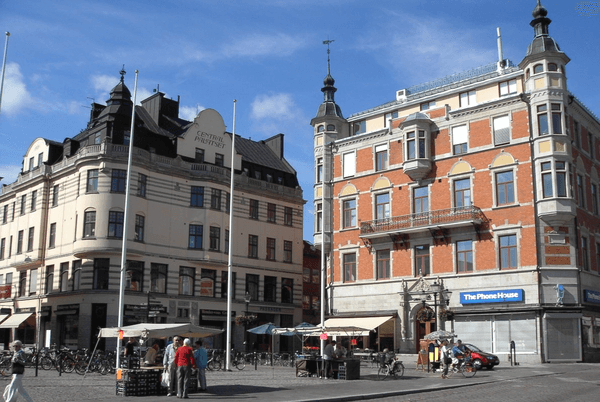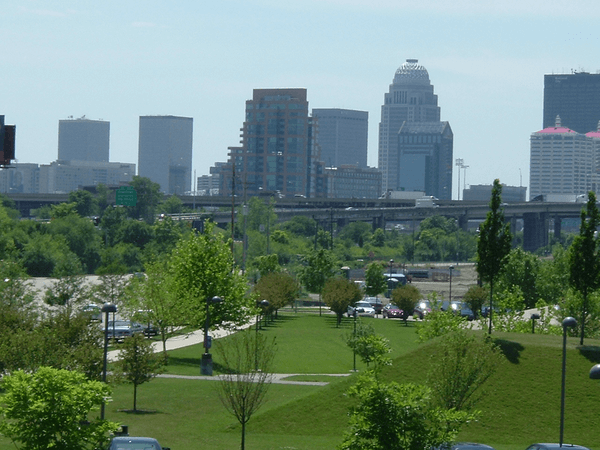- Environmental degradation due to the landfill in Nanjido
Nanjido was an island where most of Seoul’s domestic wastes were dumped for 15 years from 1978. Household wastes collected from the city had piled up to form a mountain of trash weighing 120 million tons reaching a height of 95 meters and length of two kilometers. In 1993, the island, saturated with wastes, was closed completely, Seoul’s domestic wastes, since then, have been taken to the landfill in Gimpo instead. However, once contaminated, the area continued to suffer from environmental issues, and discussions on projects for regeneration of the area continued. Among them were the ‘early development plan’ and ‘stabilized long-term development plan’. While the former contends to dig up the trash right way and developed the site into a residential or commercial district, the latter argues to develop it based on a long-term plan; first stabilize the site by installing antipollution facilities and create a park for citizens, then proceed with the site development in steps.
- Adopted the long-term stabilization plan, a citizens’ park was created
After deliberation on how best to utilize the former landfill site, the Seoul Metropolitan Government opted for the long-term development plan. As the ground rule was to restore the environment while keeping the trash, the stabilization work began to identify sources of contamination in order to to transform the island into an eco-friendly park. The stabilization work refers to a series of jobs to reinforce the steep slopes at risk of collapse, contain the leachate from the trash and capture methane gas. The captured gases were used as a source of energy for heating nearby Seoul World Cup Stadium and the Sangam housing site development.
- Sangam New Millennium City Plan for the development of cutting-edge IT industrial complex
The Sangam District was intended to be developed as a residential district to address housing shortages in the late 1990s. However, the plan underwent comprehensive changes due to following reasons: first, with the 2002 World Cup Stadium built on the site, the area had to accommodate more future-oriented aspects, secondly it was emerging as an international gateway city with the opening of the Incheon International Airport nearby, and when the the media-valley project was carried out in Songdo, Incheon moved to the Sangam district. Consequently, the refurbished Sangam development plan was released in April, 2000 under the name, 'Sangam New Millennium City Plan.'
The main objectives are:
- Develop a complex where foreign and domestic high-tech digital businesses gather to enhance the national competitiveness and emerge as a new prime location of business in Northeast Asia.
- Create a city that serves as a ‘gateway’ serving a unified Korea; an ‘ecological city’ where the people and environment coexist; and a ‘hub of information exchange’ with seamless IT infrastructure.
- Realize a self-sufficient city that offers pleasant working conditions and advanced IT infrastructure.
